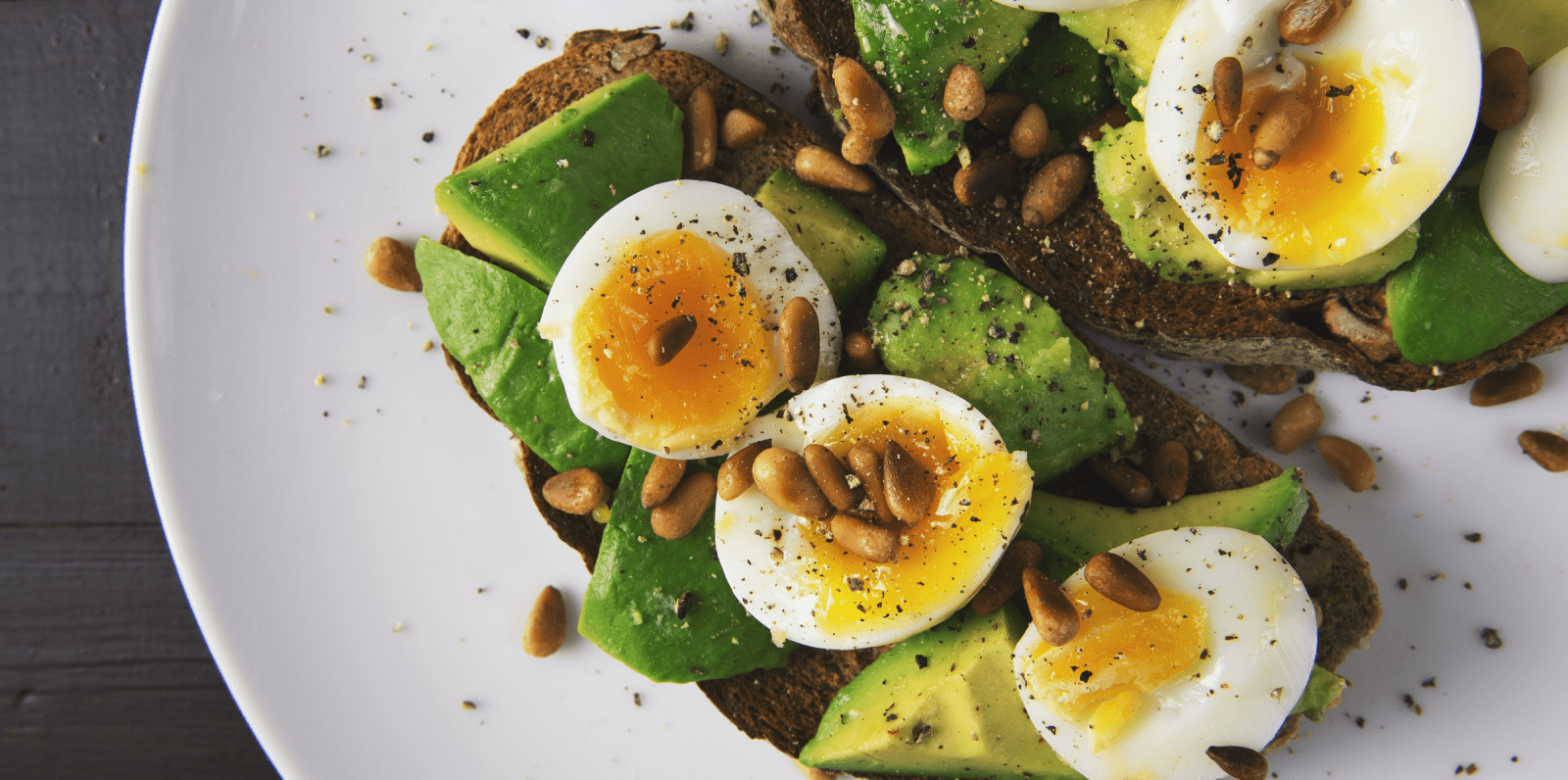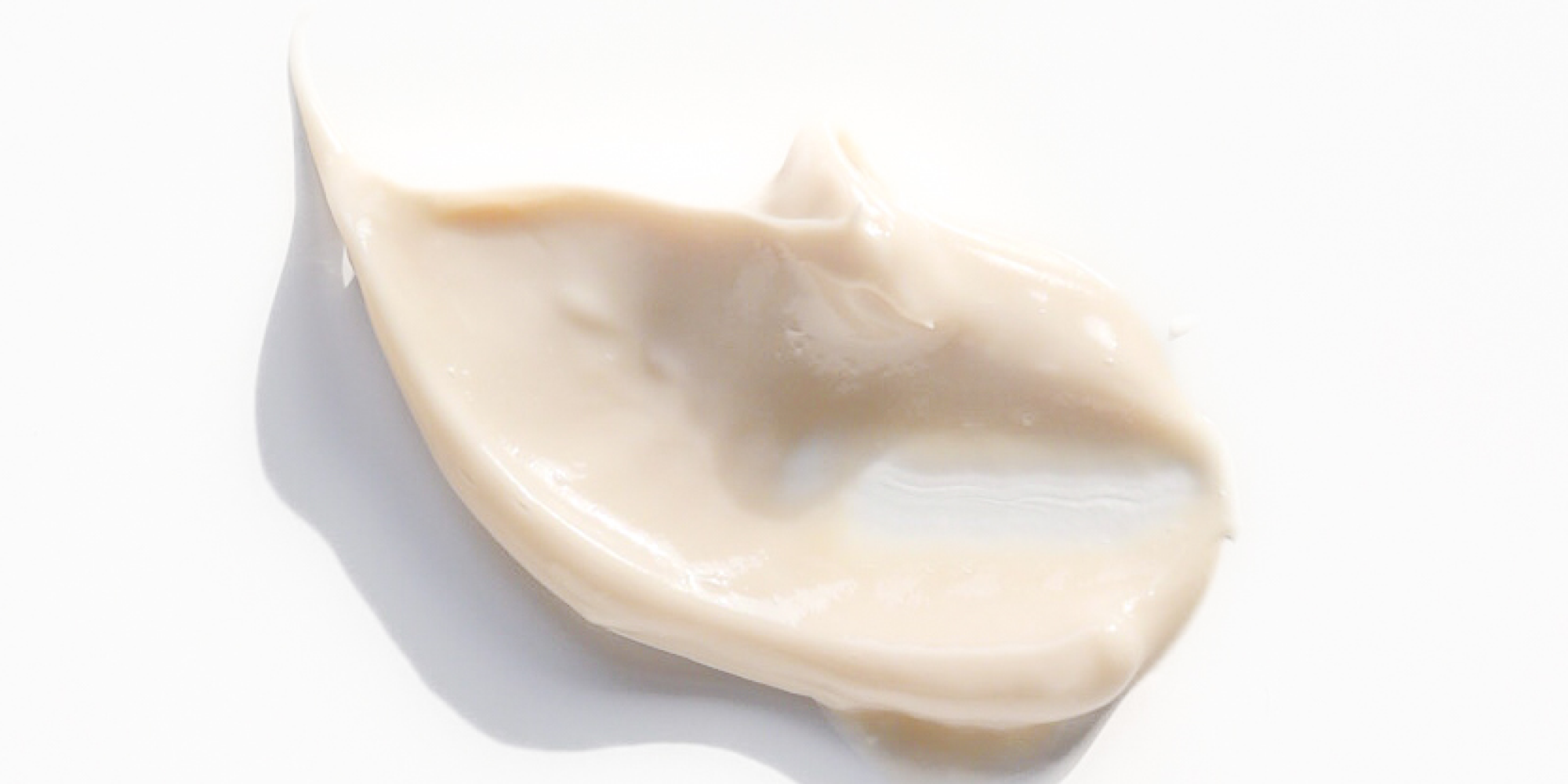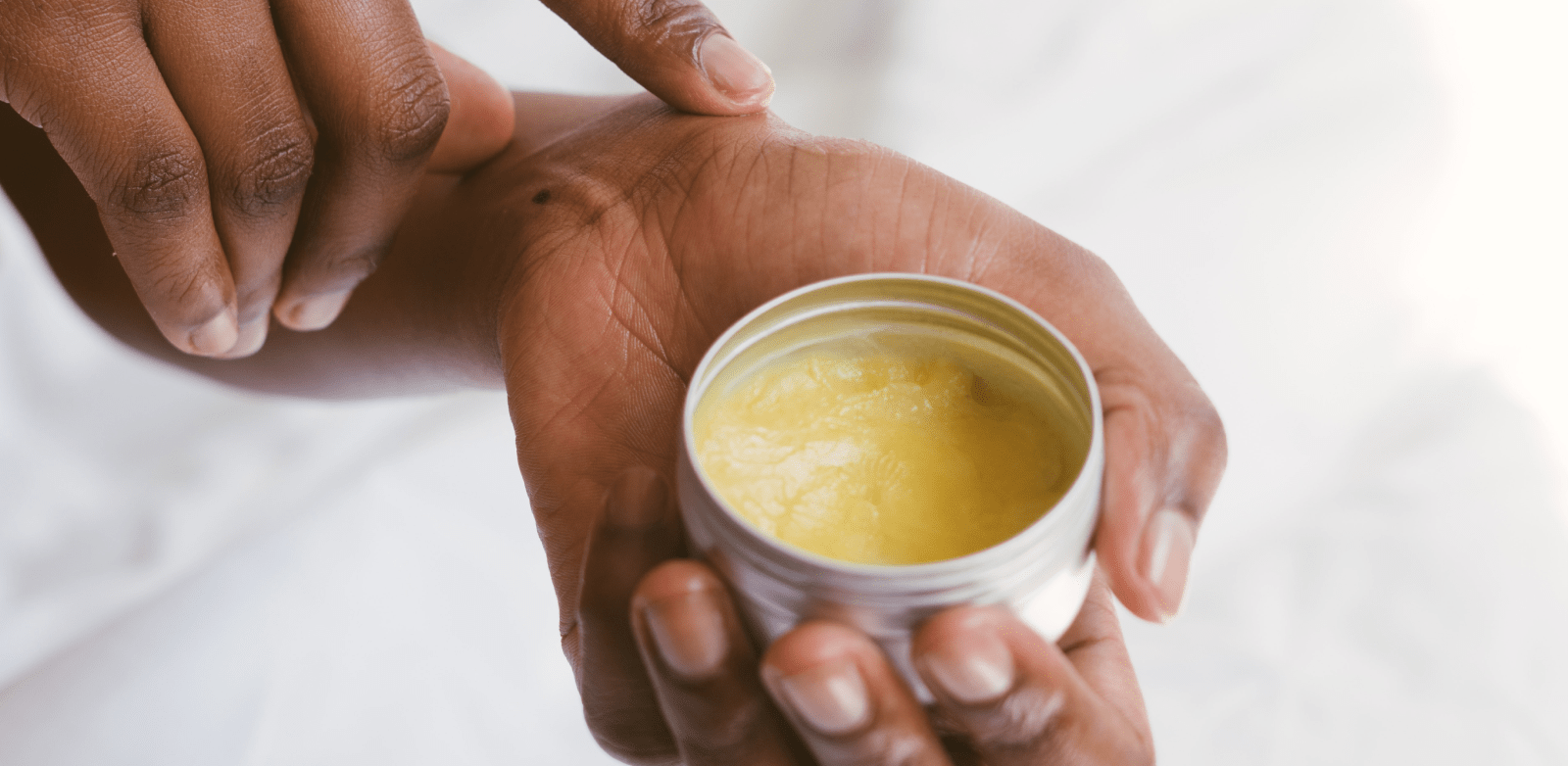
How to Make Nutrient-Rich Food Choices: Macronutrients and Micronutrients
Nutrients are defined as “a substance that provides nourishment essential for growth and the maintenance of life.” It comes from the Latin word nutrient meaning “nourishing.” Thinking about food from a nutrient-based perspective offers a thoughtful way of looking at food choices.
For example, building a diet around nutrient-rich foods that satisfy a macronutrient balance and that work for you, and trying different foods with a variety of micronutrients, can be a healthy and enjoyable way to eat and experience new foods.
Nutrition experts have divided nutrients — things like proteins, fats, vitamins, and minerals — into two categories:
- Macronutrients are nutrients your body needs in large quantities. These are fats, proteins, and carbohydrates.
- Micronutrients are nutrients your body needs in smaller quantities. These are vitamins and minerals.
Macronutrients

Macronutrients are divided into three categories: fats, proteins, and carbohydrates. Each one is needed in large amounts to support your health and wellbeing. Nutritionists recommend balancing your macronutrient intake, with a mix of each. Everyone has their own specific individual needs that vary from one person to the next.
Carbohydrates
Carbohydrates provide the body with energy. Carbohydrates are small chains of sugar molecules that break down into glucose. Nutritionists recommend that carbohydrates make up about 35-65% of your diet. Healthy carbohydrates include whole grains, root vegetables, leafy greens, and fiber-rich fruits like apples, pears, and bananas.
Fat
Fat is critical for your overall health, as it supports brain development, overall cell function, organ protection, and vitamin absorption. It has also been shown to lower the risk of heart disease and stroke. Nutritionists recommend that fat makes up 20-35% of your food consumption. Healthy fats include oils (coconut), avocados, nuts, and eggs.
Protein
Protein helps support a healthy immune system, repair and regenerate tissues and cells, and manufacture hormones. When you eat protein, it is broken down into amino acids, which help build muscle and regular immune function. Nutritionists recommend 10-35% of your diet should come from protein. Healthy proteins include nuts, seeds, legumes, olives, avocados, fatty fish, and eggs.
Micronutrients

Micronutrients are essential vitamins, minerals, and biochemicals our bodies need for proper growth and function. They help us produce energy and support all of the vital processes that occur in our bodies. They help ensure that things like our brain, immune system, muscles, bones, heart, and skin —among many other parts of our body — are working well and protecting our overall health.
We must obtain micronutrients from quality foods because our bodies cannot produce them. Therefore, when we pack our meals with nutrient-dense food, the micronutrients we consume can improve our health and our skin by providing vital vitamins and minerals that are crucial for our body’s ability to function at its best.
The greatest source of micronutrients comes from high-quality whole grains, proteins, fruits, and vegetables. Eating healthy meals that incorporate foods with essential micronutrients is the best way to fuel your body. The powerful antioxidant benefits may even help our bodies fight disease, some cancers, Alzheimer's, and heart disease.
Quick Tips to Incorporate Micronutrients
Fuel your body and enhance your meals with micronutrient-rich, wholesome foods packed with vitamins and trace elements such as iron, zinc, fluoride, selenium, copper, chromium, iodine, and manganese.
- Eat greens at every meal. Add spinach to eggs, try a collard green wrap sandwich, add cabbage in a stir-fry.
- Snack on nuts and seeds. Look for ones that are organic, raw, and free of sugars and fillers like palm oils.
- Sweeten your plate with berries. They are antioxidant-rich and anti-inflammatory. Look for organic berries, since conventional ones (especially strawberries) can have a high level of pesticides.
- Batch cook whole grains, which are rich in vitamin B, iron, magnesium, and selenium. Amaranth, buckwheat, wild rice, oats, millet, and barley are delicious whole grains.
- Stock your pantry with legumes (including beans, peas, and lentils) and add them to salads, soups, and even smoothies.





